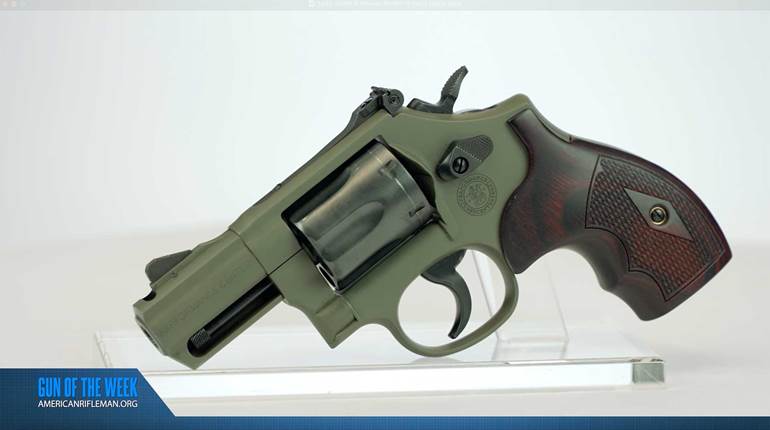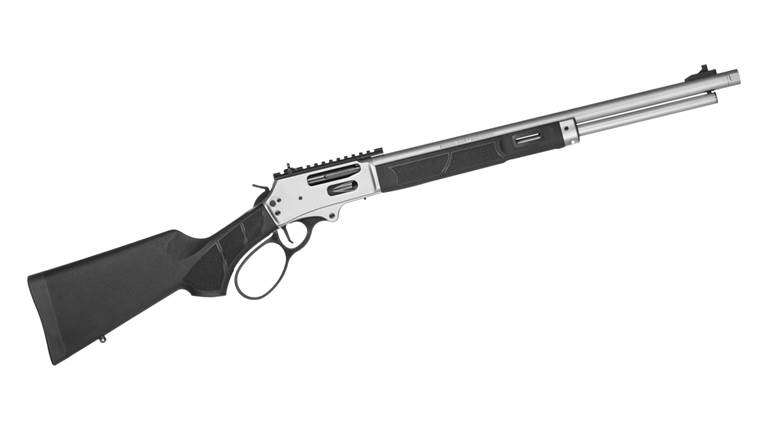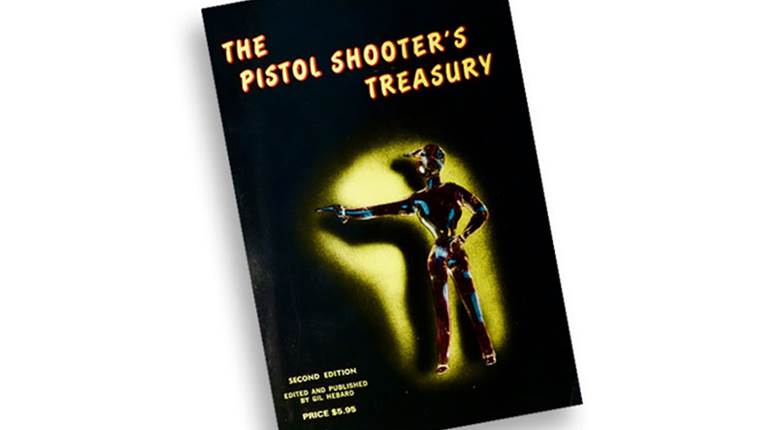As the 20th century dawned, Canadians began to establish a national identity that set them apart from the British. As part of this burgeoning national pride, Canadians wanted to establish its own unique military establishment, complete with a military arm that was all its own. So emerged the famous Ross Rifle. Watch our "American Rifleman Television" I Have This Old Gun segment above to see the Ross Mk III in action and to understand the evolution and travails of this straight-pull design.
"As the 1890s develop, The Canadians, they talk about licensing production, they talk about buying arms outright, and the British aren't all that concerned with answering Canada's requests. Now, that's because the British do have a few things that they're concerned about," said American Rifleman Executive Editor Evan Brune. "First, they have to re-equip their entire military with this new Lee-Enfield system. Then they've got the Boer War, and they're concerned with keeping their mainline troops equipped. With this latest evolution of infantry fighting rifle, and so as a result the Canadians aren't a high priority. Well, the Canadians decide, 'You know what? We're claiming our own identity. We're becoming our own distinct nation. We ought to have our own distinct military equipment.'"
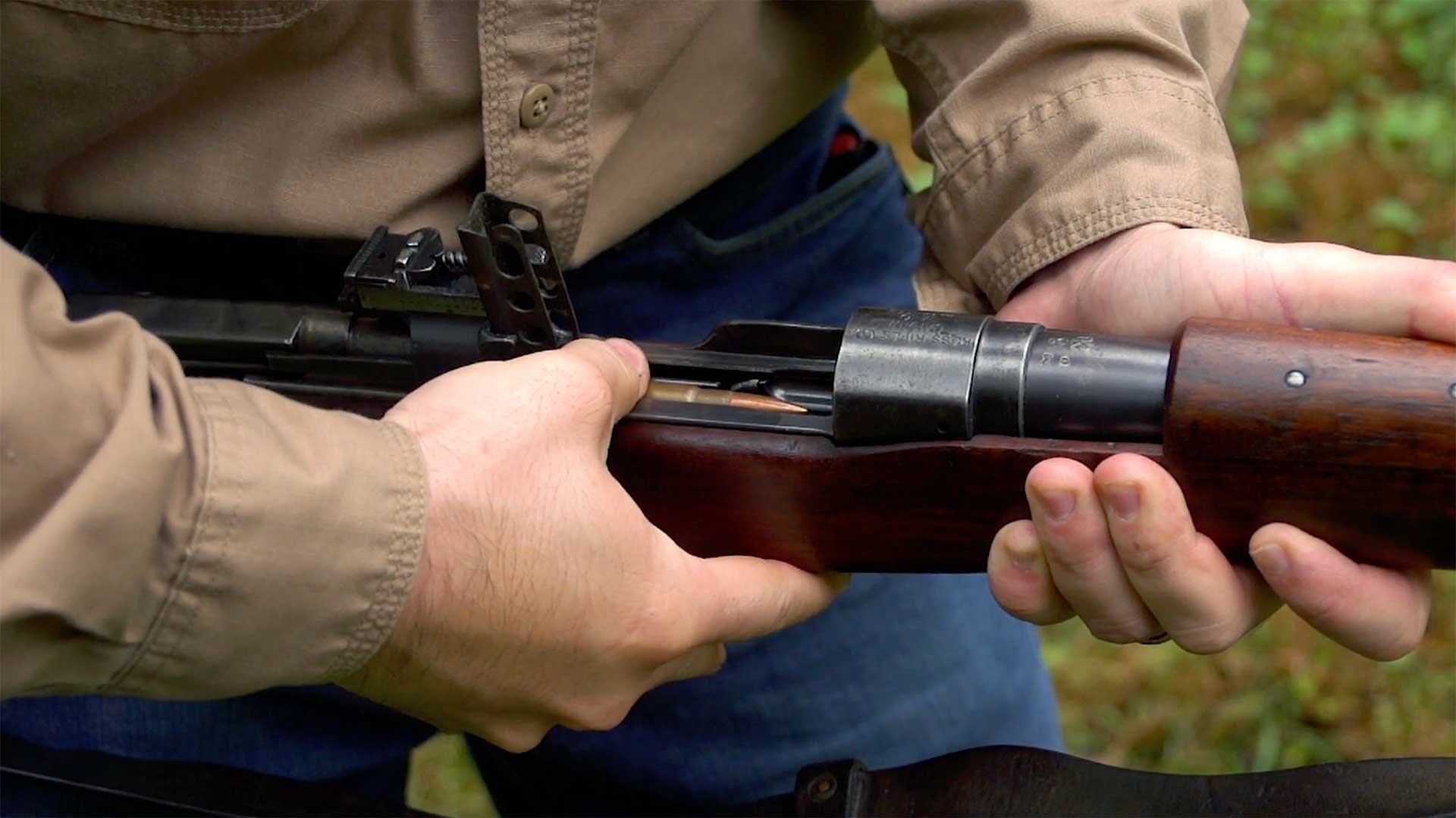
As a result, Canadians looked to develop an existing design that was already being produced in Canada as a sporting rifle. The "Ross Rifle," so called after its inventor, was a straight-pull, bolt-action rifle chambered in .303 British.
"Sir Charles Ross was an interesting character. Scottish. He eventually became the 9th Baronet of Balnagown, if that's the proper pronunciation," said American Rifleman Field Editor Garry James. "He was also an inventor, firearms enthusiast, and apparently one of the most irascible characters ever to come out of Scotland, and that's saying a lot, believe me. Also one of the crankiest and most difficult firearms inventors to deal with. But that being said, he invented a very, very interesting rifle."
Early iterations of the Ross Rifle had some issues and went through some re-designs. Infamously, the gun's bolt could be reassembled incorrectly, which would prevent the action from locking up properly, yet still allowed the rifle to be fired. As a result, unlocked bolts would fly out of the rear of the action, seriously injuring or killing the unfortunate soldier behind the gun. Despite that, by the eve of World War I, the rifle had been improved markedly.
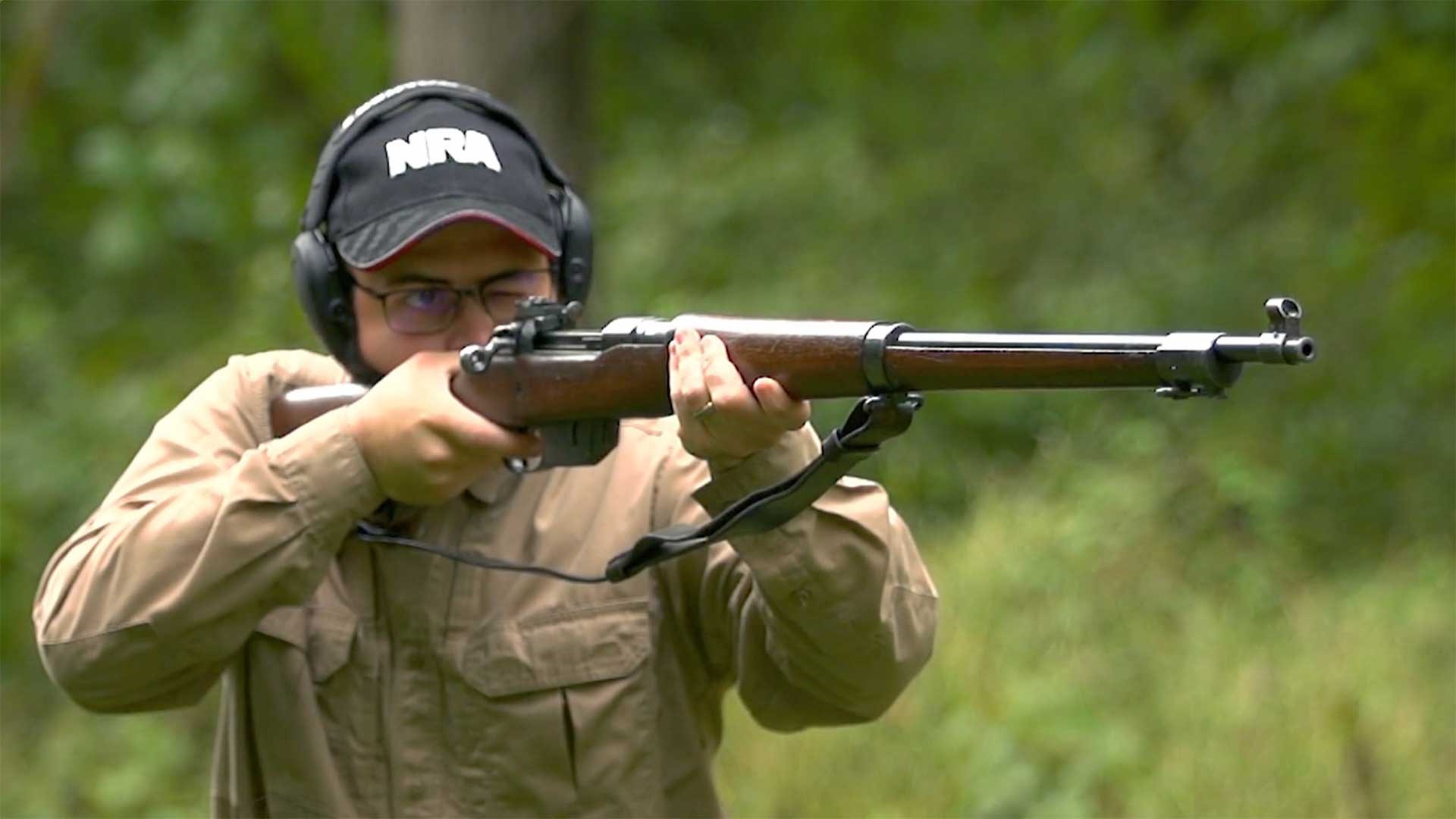
"By the time it gets to 1910 and the Mk III comes, well, they've got a whole different rifle than they started with," said American Rifleman contributor Kenneth L. Smith-Christmas. "It had done away with some of the perceived shortcomings of the Ross before. It didn't have a dump lever on it. Now it had a magazine cutoff that worked better, had a safety that worked better, and most importantly, it moved the sight back onto the receiver bridge, and this sight was made for a long-range shooter. And then they went to France. And when the first Canadian contingents got to France in 1915, trench warfare was already the name of the game on the Western Front. And where the British and Canadians were, it's just nothing but mud."
The mud played havoc with the finely machined features of the Ross Mk III's action, leading the guns to jam up and become unusable during trench fighting. Exasperated Canadian troops would allegedly throw away their unusable Ross Rifles in the thick of battle, picking up instead a dropped Short, Magazine Lee-Enfield (SMLE) rifle that had so proven itself in battle up to that point.
"Consequently, after a certain period of time it was decided that, the Ross, as nice a gun as it is and as interesting a gun as it is, we're probably better off having a piece that our troops have a little more confidence in," James said. "Consequently, they were retired, and all Canadian troops were issued with a Mark III Enfield SMLE."
To watch complete segments of past episodes of American Rifleman TV, go to americanrifleman.org/artv. For all-new episodes of ARTV, tune in Wednesday nights to Outdoor Channel 8:30 p.m. and 11:30 p.m. EST.
